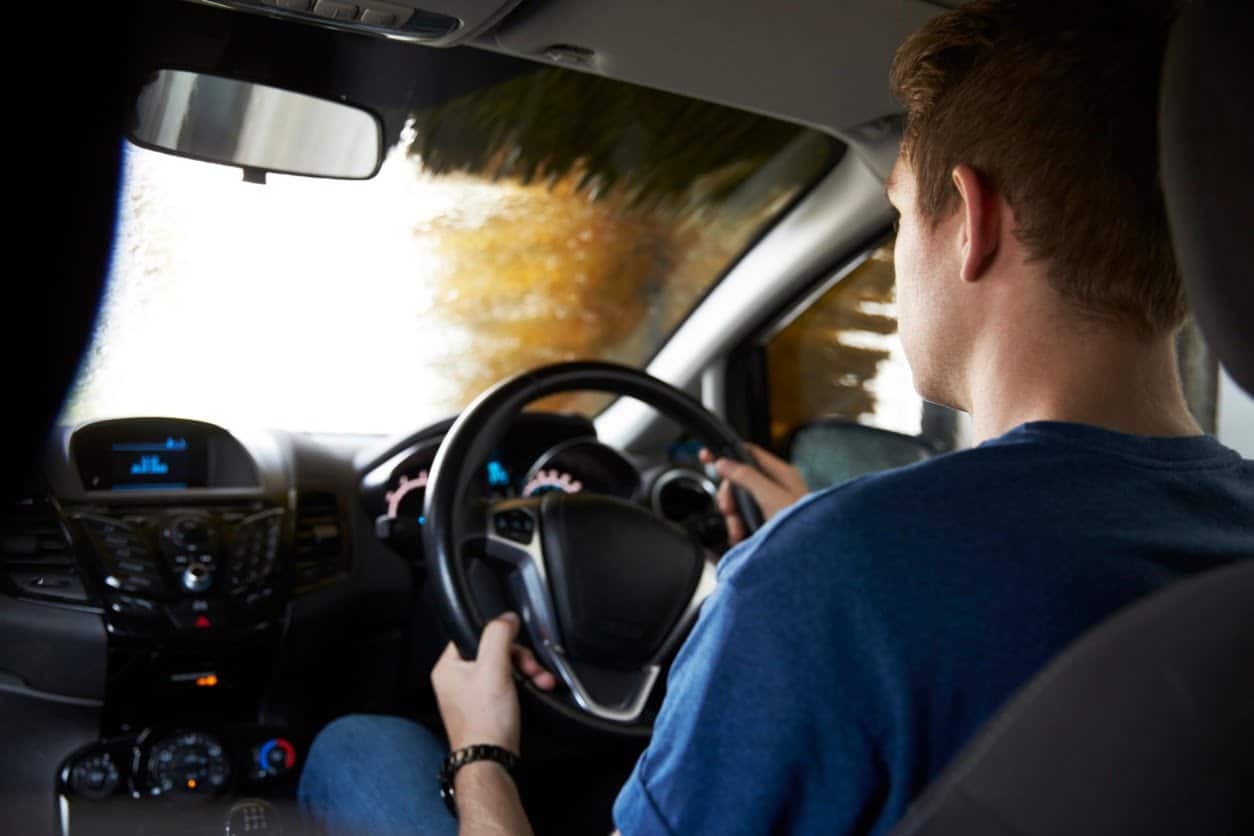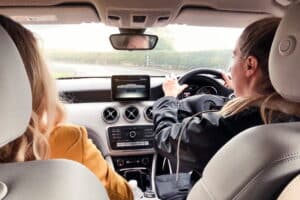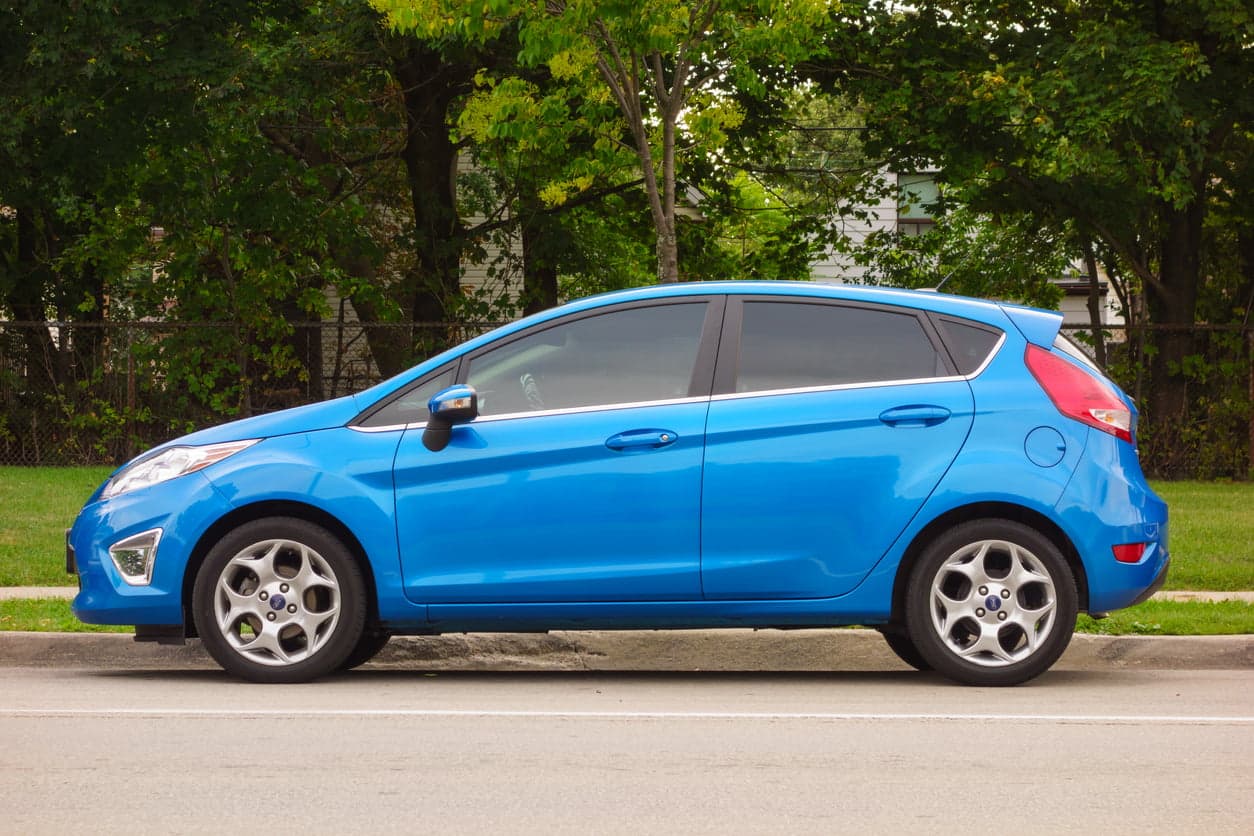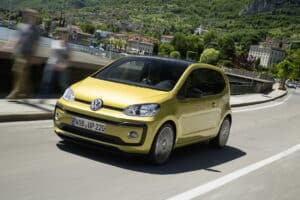Buying a car can be complicated at the best of times, but especially if you’re new to driving. With hundreds of makes and models out there, there’s lots to consider if you want to drive away happy when investing in your very first car.
Here, we provide a complete guide on what to look out for when buying your first car, with tips on whether to buy new or used, key things to consider, and our pick of the best cars for first-time drivers.
Quick Links
- New or Used: Which Car Should You Pick?
- Car Buying Checklist: Things to Consider
- 3 of the Best Cars for New Drivers
New or Used: Which Car Should You Pick?
In the market for a new car? It can be can hard to choose between buying a new or used model. With benefits and pitfalls for each, weighing up your options is a must – here we take a look at a few of the things you should consider.
Buying a New Car
In the past, new cars were off limits to most new drivers. They were too expensive to buy and insure, so most people opted for used instead.
Now, all that’s changed. With the arrival of flexible finance options like PCP (personal contract purchase), even young drivers can afford to buy new. Some manufacturers, like Peugeot, now actively target first-time buyers, offering payment options like Just Add Fuel which cover things like insurance, car tax, warranty, roadside assistance and servicing.
Here are the pros and cons of buying a new car as a new driver.
Pros
- Reliable – New cars are less likely to develop faults and are also covered under warranty, so you won’t be hit by unexpected repair bills.
- More choice – The world’s your oyster when buying new – just remember that some cars are pricier to run and insure than others!
- Better features – Buy new and you’ll get the latest features, so your car won’t feel out of date within the first few months of ownership.
- Efficient engine options – New engines are more efficient and economical, reducing the environmental impact and reducing fuel bills.
Cons
- Price – New cars are the most expensive option, but then you are covered under warranty and can expect strong residual value. Look around for the best finance options to make sure you’re getting a good deal.
- Depreciation – New petrol and diesel cars lose their value quickly, with the AA estimating that most new cars are worth 40% of their original value after 3 years. You can read more about car depreciation here.
- Higher tax and insurance costs – Insurance rates are higher for new cars, simply because they’re more expensive. Car tax is also at its highest in the first year of ownership.
Buying a Used Car
Depending on your budget, buying a used car is probably the most cost-effective option if you’re a new driver. There are a huge range of used cars available, both from private and commercial sellers, so you should easily be able to find a make and model that meets your requirements and is within your price range.
Sales of used cars have come on a long way in recent years. Now, major car retailers offer similar payment options for used cars as they do new, so there are lots of ways to help finance your used car purchase.
Here are the benefits and pitfalls of buying a used car.
Pros
- Cheap to buy – If purchase price is important to you, used is by far the best way to go. Even nearly new used cars (those around 1-2 years old) are significantly cheaper than new models, so you get more freedom of choice if you’re on a shoestring budget.
- No car tax hikes – Recent changes to car tax mean that motorists pay more for new cars than used in the first year, so buying used promises the lowest possible tax rates.
- The option to haggle – Whether you’re buying from a private or trade seller, haggling down the price is an option should you decide to buy used. There’s less wiggle room on price for new cars, but the same doesn’t apply for second-hand sales, so it’s worth trying your luck.
- Minimal depreciation – Because a car has already lost value, depreciation isn’t as big a deal when buying used, so you won’t feel like you’re losing money.
Cons
- Question marks on reliability – Buying a used car, particularly from a private seller, can be a gamble. Make sure you find out as much as you can about a car’s history to ensure you’re not buying a heap of junk.
- No warranty – A warranty is a great fall back should something go wrong with your car but used cars often don’t come with one – leaving you vulnerable to unexpected repair bills.
- Suspect vehicle history – Most used cars will have been driven by a handful of previous owners, so it’s vital that you have a good look at the vehicle history to find out how well it’s been cared for over the years. If the current owner can’t produce a full service history, steer clear.
Car Buying Checklist: Things to Consider
If you’re buying a nearly new or used car, here’s a list of things to consider and check off your list before you commit.
- Mileage – are you happy with the car’s total mileage, and can you tell that it’s genuine miles from the service history? Remember, the higher the mileage, the more chance you have of encountering faults down the road.
- Previous owners – how many previous owners are listed on the car’s service history? As a rule of thumb, 1-2 owners is best. Lots of owners could indicate that there’s an ongoing problem with the car.
- Condition – Check the car for wear and tear, like scratches, small dints and early signs of rust. Go over the inside too, checking for bad smells, stains or tears in the seats. You should also make sure all the electrics work, like lights, radio and air conditioning.
- Documents – Make sure the seller has all the right documents, including the V5C and service history. Check these documents carefully for discrepancies, including cross-referencing the car’s VIN against the registration document.
- Safety – Check the car’s safety features, including the seatbelts, airbags, spare wheel or tyre inflator kit, tyre tread depth and lights.
- Test drive – Request a test drive to see how the car feels on the road. Check all the controls and pay attention to how the engine feels and sounds. Any unusual noises, smells or vibration could be a precursor to a more serious problem. The longer the test drive, the more chance you’ll have of spotting potential faults.
Read our in-depth guide for more tips on buying a used car
3 of the Best Cars for New Drivers
Small, economical or cheap to insure – some cars are undeniably more suitable for new drivers than others. Whether you’re buying new or used, you can keep costs to a minimum and enjoy the perks of driving by buying the right kind of car in your first few years as a new driver.
Here, we take a look at 5 cars we think would make the perfect run-around for a young driver or those new to car ownership.
Ford Fiesta
The Ford Fiesta has been around since the 1980s, and it remains one of Britain’s best-selling small cars. While there have been dozens of versions of Ford’s iconic supermini over the years, they’ve all had one thing in common: they’re among the most accessible and easy-going cars for new drivers.
Both a used and new Fiesta would make a great investment, providing a great combination of practicality, style, performance and ease-of-use in one small package. It’s also considered one of the most fun small cars on the market, so there’s no trade off when it comes to driving enjoyment.
Volkswagen Up!
If you want a small, cheap-to-run car that also provides good levels of refinement, look no further than the VW Up! As good on motorways and A-roads as it is in town, VW’s baby model made a big impact on the small car market when it was launched back in 2012, and continues to find fans in experienced drivers and those who’ve just passed their test.
What’s more, if your budget won’t stretch to the premium VW badge, cheaper variants exist in the form of the Skoda Citigo and Seat Mii. Made by Volkswagen Group, they’re essentially the same car as the Up! but lack some of its features and refinement, but are nonetheless still excellent and affordable options for new drivers.
Fiat 500
Small, cheap and ever-so-stylish, the Fiat 500 is the dream car for many young drivers. Since Fiat released its upgraded 500 in 2007, the Italian car brand has shifted millions of units – and many of them have fallen into the hands of new drivers.
What’s great about the 500 is that it looks great, drives well and is practical enough for most young or new drivers. It’s kind of the complete package, and its twee, retro looks mean that insurance is relatively cheap – simply because few boy racers would buy one!
We hope this guide proves useful when searching for your first car. No matter how long you’ve been driving, Holts DIY maintenance products provide peace of mind out on the road. For more information and to browse our complete product range, visit the homepage today.








